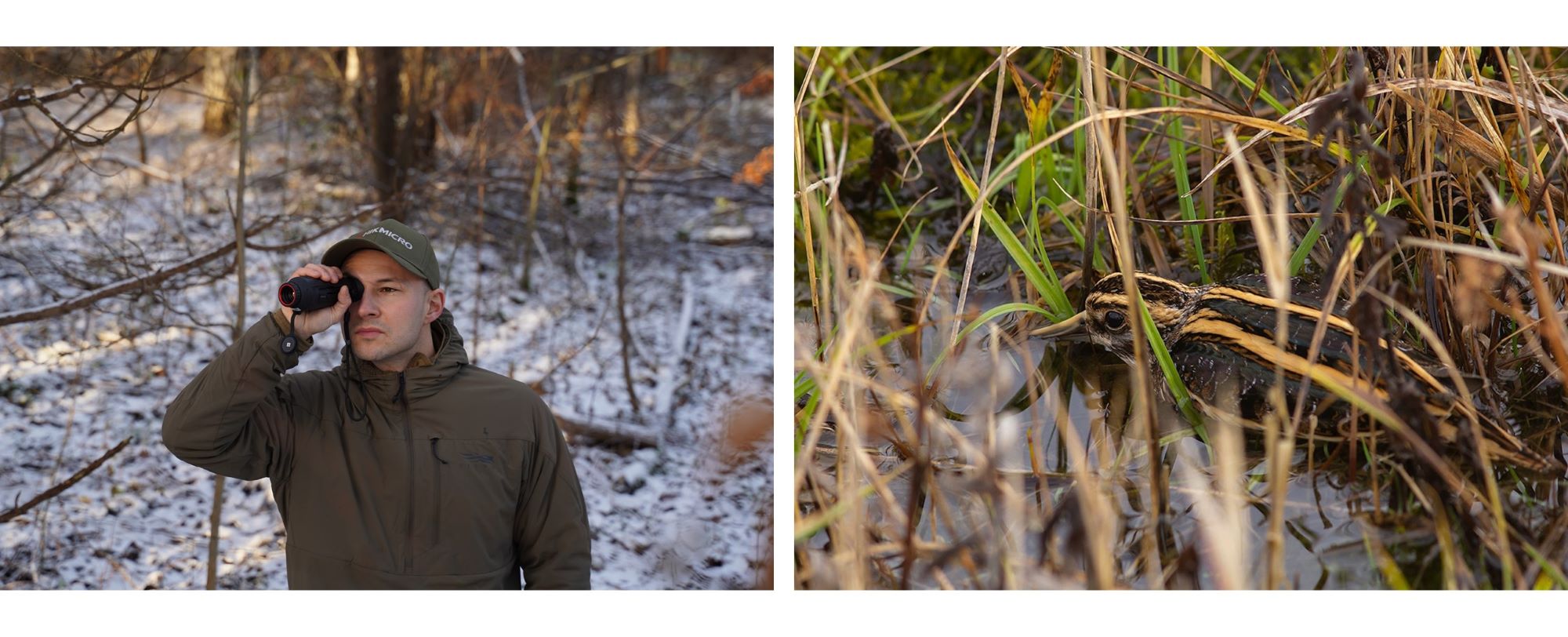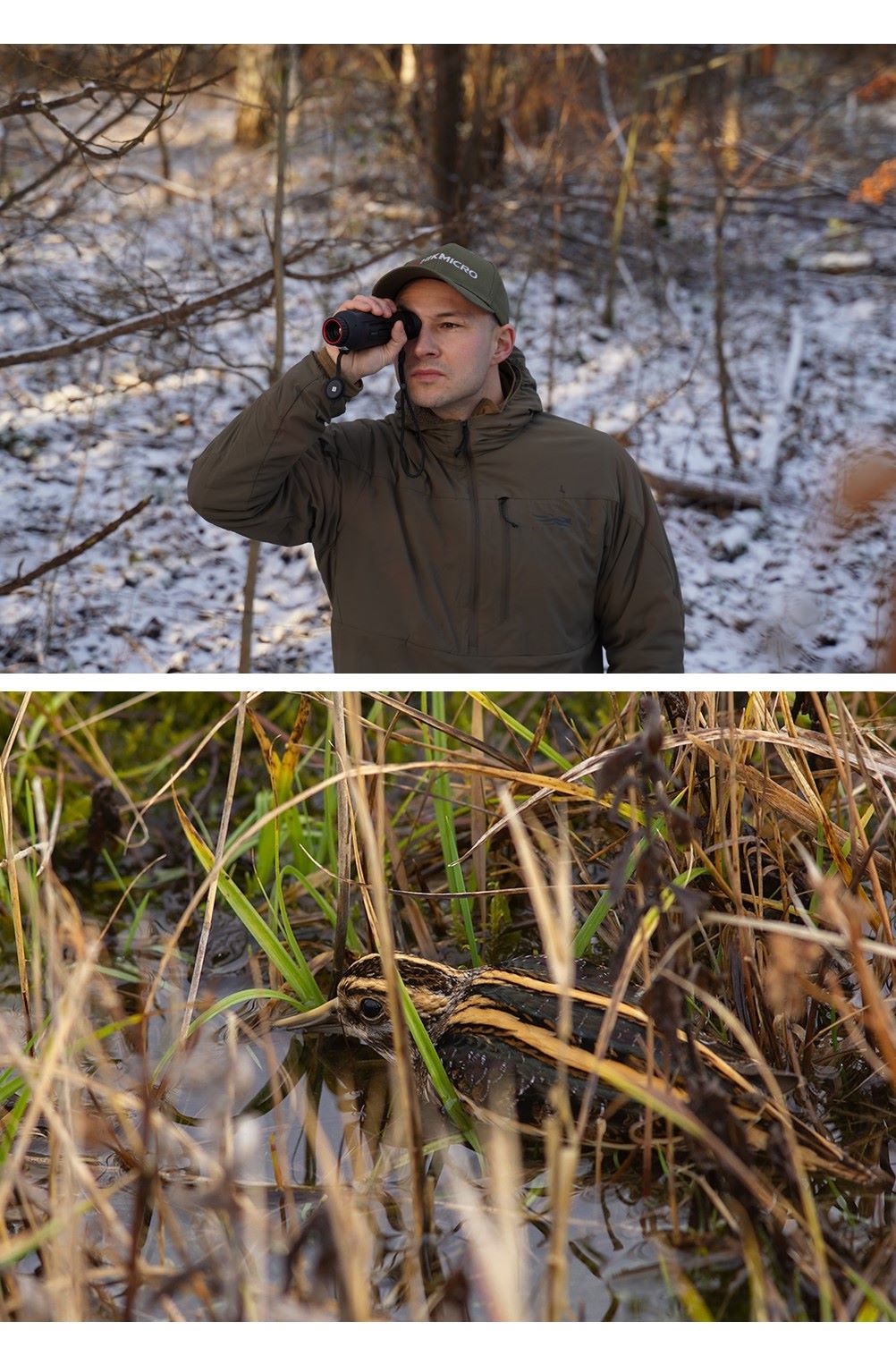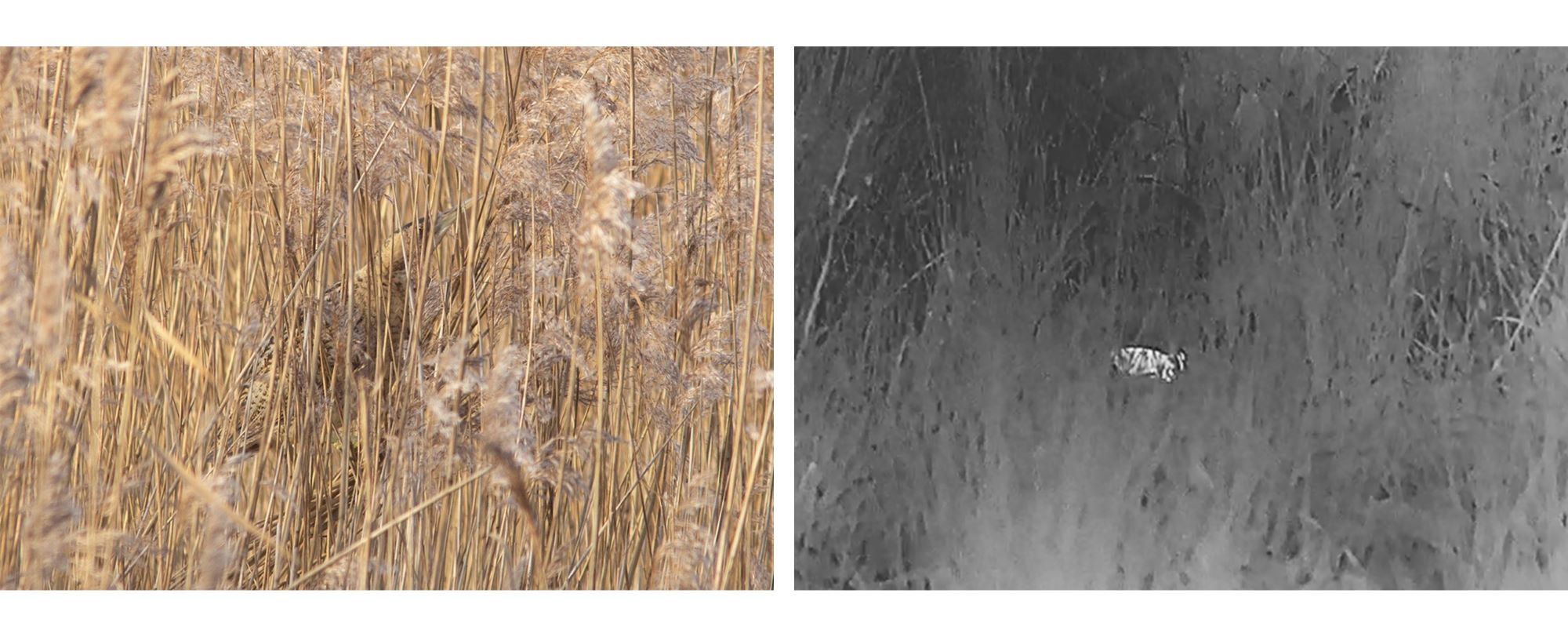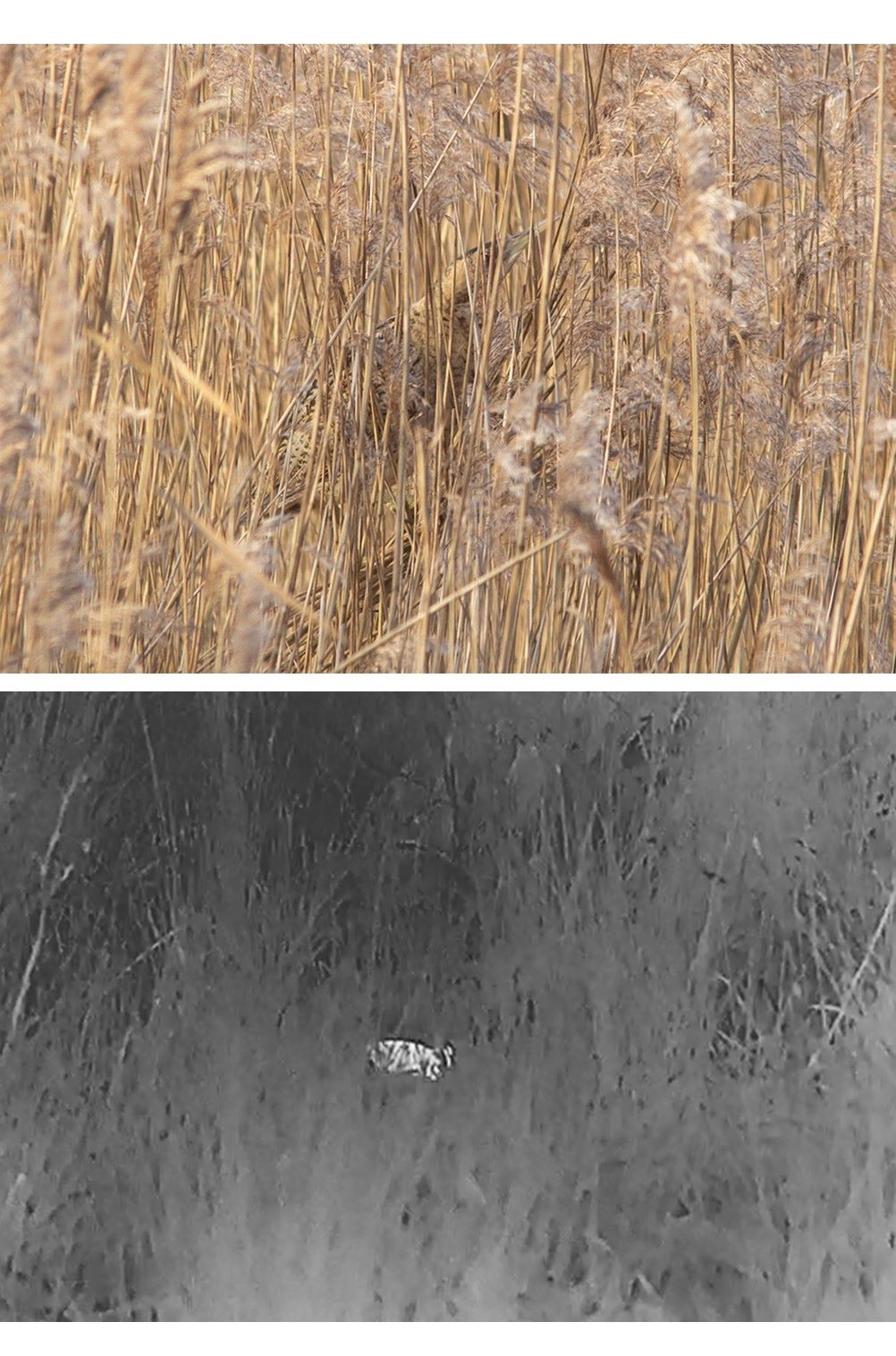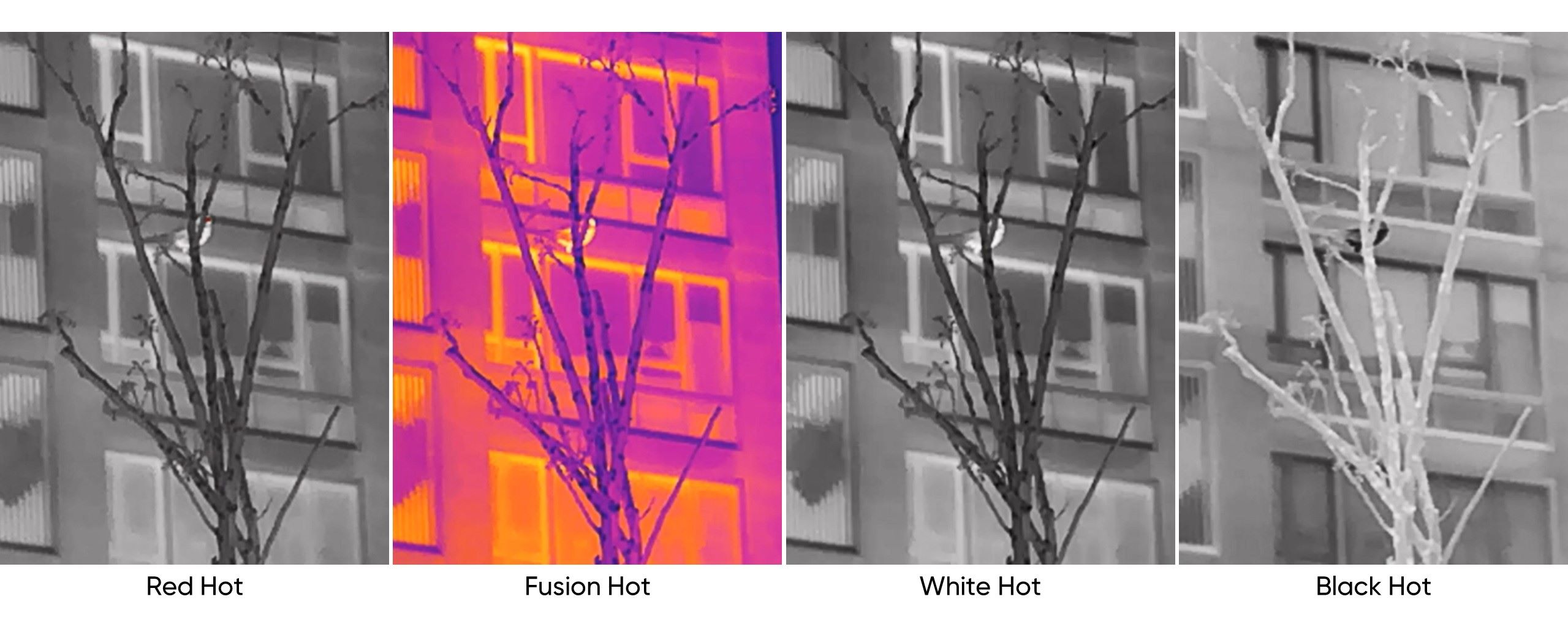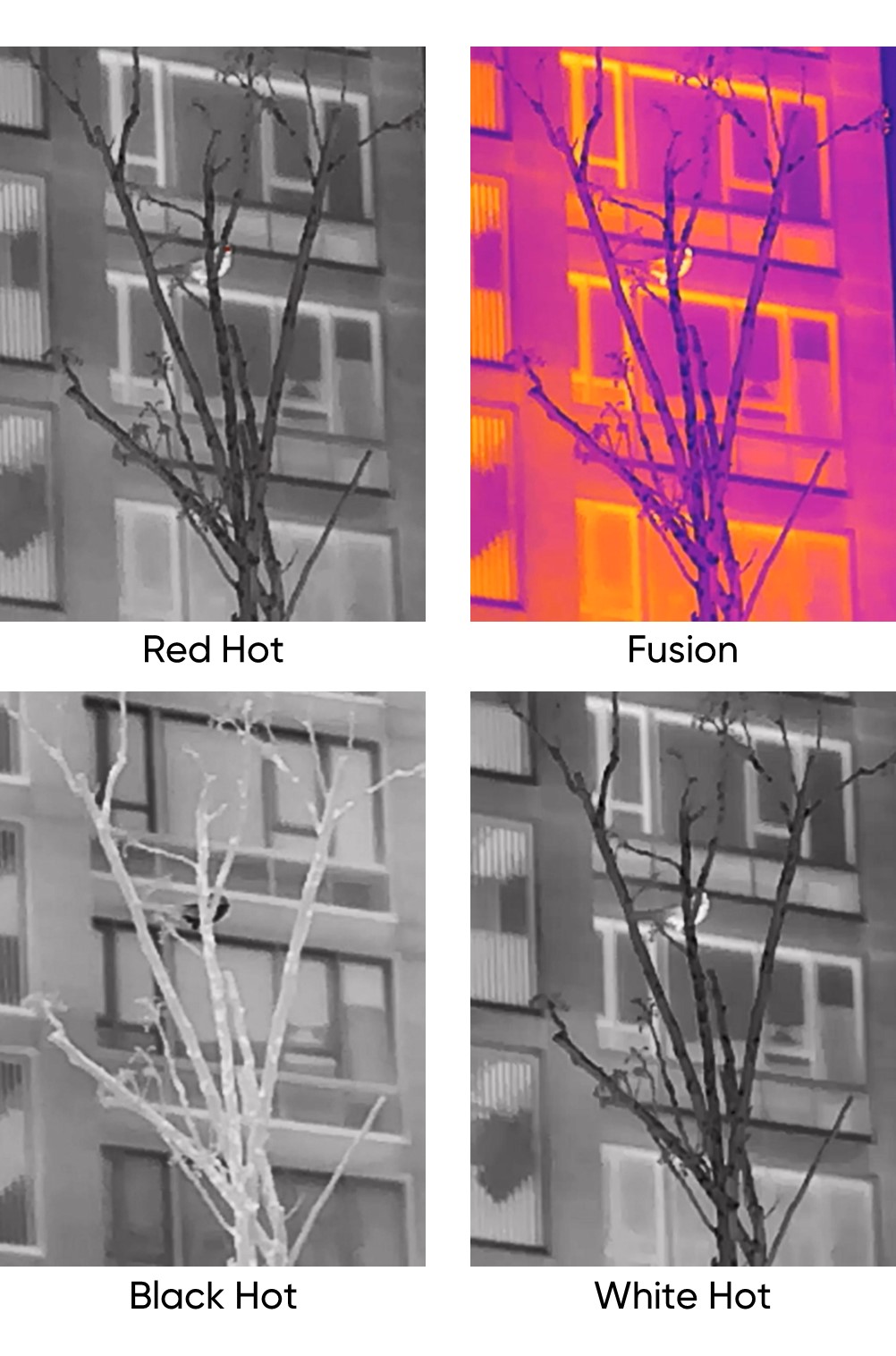Back
-
-
Termiska produkter
-
Termiskt monokulär
-
-
FALCON 2.0 NEWFALCON 2.0
-
CONDOR LRF 2.0 NEWCONDOR LRF 2.0
-
LYNX 2.0LYNX 2.0
-
LYNX SLYNX S
-
LYNX ProLYNX Pro
-
FALCONFALCON
-
CONDORCONDOR
-
-
Termiskt kikarsikte
-
-
STELLAR 3.0 NEWSTELLAR 3.0
-
STELLAR 2.0STELLAR 2.0
-
STELLARSTELLAR
-
THUNDER ZOOM 2.0THUNDER ZOOM 2.0
-
THUNDER 2.0THUNDER 2.0
-
-
Termisk klämma
-
-
THUNDER 3.0 NEWTHUNDER 3.0
-
THUNDER 2.0THUNDER 2.0
-
-
Termisk kamera för smarttelefon
-
-
EXPLOREREXPLORER
-
-
-
Digitala produkter för dag- och nattseende
-
Produkter med multispektrum
-
Monokulär med multispektrum
-
-
GRYPHON LRFGRYPHON LRF
-
-
Handkikare med multispektrum
-
-
HABROK Pro NEWHABROK Pro
-
HABROK 4K NEWHABROK 4K
-
HABROKHABROK
-
RAPTORRAPTOR
-
-
-
Viltkamera
-
Viltkamera
-
-
M15M15
-
-
-
Program
-
Program
-
-
HIKMICRO Sight NEWHIKMICRO Sight
-
-
-
Tillbehör
-
IR-ficklampa
-
-
IR-ficklampaIR-ficklampa
-
-
IR-ficklampsfäste
-
-
IR-ficklampsfästeIR-ficklampsfäste
-
-
Skena
-
-
SkenaSkena
-
-
Ring
-
-
RingRing
-
-
Adapter
-
-
THUNDER 2.0 AdapterTHUNDER 2.0 Adapter
-
Adapter 1.0Adapter 1.0
-
-
Okular
-
-
THUNDER 3.0 okular NEWTHUNDER 3.0 okular
-
THUNDER 2.0 OkularTHUNDER 2.0 Okular
-
OkularOkular
-
-
Laddare
-
-
HABROK Pro Laddare NEWHABROK Pro Laddare
-
THUNDER 2.0 LaddareTHUNDER 2.0 Laddare
-
18650 Laddare18650 Laddare
-
21700 Laddare NEW21700 Laddare
-
-
Batteri
-
-
HABROK Pro Batteri NEWHABROK Pro Batteri
-
THUNDER 2.0 BatteriTHUNDER 2.0 Batteri
-
18650-batteri18650-batteri
-
21700 Batteri NEW21700 Batteri
-
-
Monokulär påse
-
-
Monokulär påse NEWMonokulär påse
-
-
Kikarsele
-
-
Kikarsele NEWKikarsele
-
-
Viltkamera Tillbehör
-
-
SolpanelNEWSolpanel
-
-
-
-
-
Handhållen värmekamera
-
Handhållen akustisk
-
AI-serien
-
-
AI56 och AI76AI56 och AI76
-
-
AD-serien
-
-
AD21 och AD21P NEWAD21 och AD21P
-
-
-
Fastsatt
-
E/B-serien
-
-
E/B-serienE/B-serien
-
-
Box
-
-
Fokusfria boxkamerorFokusfria boxkameror
-
Autofokuserande boxkameror NEWAutofokuserande boxkameror
-
Hög temperatur LådkamerorHög temperatur Lådkameror
-
R&D boxkameror NEWR&D boxkameror
-
FoU-boxkamera med hög bildfrekvens NEWFoU-boxkamera med hög bildfrekvens
-
-
Värmeresistenta kameror
-
-
Värmeresistenta kamerorVärmeresistenta kameror
-
-
-
Flödesmätare
-
Elektromagnetisk flödesmätare
-
-
FE0 SerieFE0 Serie
-
-
-
Tryckgivare
-
Tryckgivare
-
-
PS0-serienPS0-serien
-
-
-
Pyrometer
-
Pyrometer
-
-
PD1-serienPD1-serien
-
-
-
Programvara
-
-
-
HIKMICRO ViewerHIKMICRO Viewer
-
-
-
-
HIKMICRO AnalyzerHIKMICRO Analyzer
-
-
-
-
HIKMICRO Analyzer Acoustic NEWHIKMICRO Analyzer Acoustic
-
-
-
-
HIKMICRO StudioHIKMICRO Studio
-
-
-
-
Beräknare för spotstorlekBeräknare för spotstorlek
-
-
-
Tillbehör
-
Objektiv
-
-
B-serienB-serien
-
Pocket-serienPocket-serien
-
M-serienNEWM-serien
-
G-serienG-serien
-
SP-serienSP-serien
-
-
Batterier
-
-
M-serienM-serien
-
G/AI SerienG/AI Serien
-
FT-serien NEWFT-serien
-
SP-serienSP-serien
-
-
Laddare
-
-
M-serienM-serien
-
G/AI SerienG/AI Serien
-
SP-serienSP-serien
-
FT-serien NEWFT-serien
-
-
Fästen
-
-
Mini/Pocket SerienMini/Pocket Serien
-
M-serienNEWM-serien
-
SP-serienSP-serien
-
-
Påsar
-
-
B-serienB-serien
-
M/G/SP-serienM/G/SP-serien
-
-
-
-
Lösningar
- Utomhusjakt
- Natur och friluftsliv
-
Industriell
-
Utforska
-
Log in -
Var man kan köpa -


